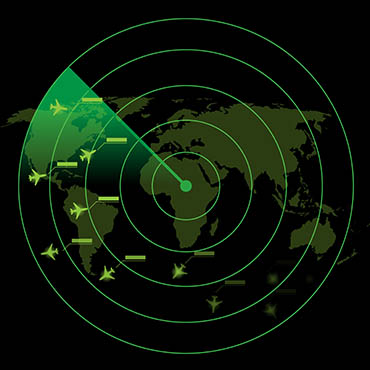GAO: FAA overlooking global air traffic risks

Worries persist about how well the FAA's new air traffic control system will work with other systems.

(iconerinfostock / Shutterstock)
WHAT: A Government Accountability Office report titled “Next Generation Air Transportation System: Improved Risk Analysis Could Strengthen FAA's Global Interoperability Efforts.”
WHY: In the midst of a troubled, potentially hackable overhaul of the U.S. air traffic control system, the GAO says the Federal Aviation Administration is skimping on the answer to a critical question: How well will the new system work with other international air traffic management systems?
FAA has invested copious resources into its Next Generation Air Transportation System (NextGen) upgrade, and officials have been participating in regional and international working group forums to pursue smooth interoperability worldwide, GAO noted. (Interoperability is more an issue of global politics than technology, GAO reported, especially as Europeans carry out their own massive air traffic management overhaul.)
But FAA isn’t analyzing risks.
Despite having an international strategic plan, FAA lacks comprehensive, systematic risk management analysis of the developing global interoperability situation. Because of that, GAO said, NextGen could be hit with expensive problems in the future – problems that could likely be headed off if FAA would invest in risk management analysis.
In its response to the report, the Transportation Department agreed with GAO’s recommendation for risk assessments.
VERBATIM: “According to FAA officials, the work that they undertake at the working group level is sufficient for identifying risks and determining what activities need to be prioritized. … Because FAA has not comprehensively identified and assessed the risks associated with its NextGen interoperability activities, it is not well positioned to prioritize activities to address these risks, identify the relative costs of mitigating the risks, and direct resources accordingly.”
NEXT STORY: 18F Awards 16 Firms Spots on Agile BPA


